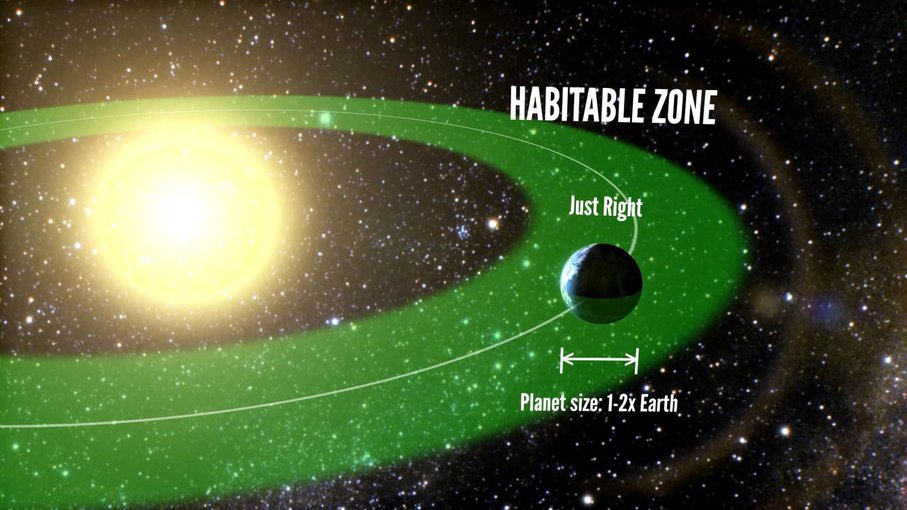
March 10, 2016
Feature Story
The Habitable Zone Gets Poked, Tweaked and Stretched to the Limits

The simple and traditional view: The “Goldilocks” zone around a star is where a planet is neither too hot nor too cold to support liquid water. (Petigura/UC Berkeley, Howard/UH-Manoa, Marcy/UC Berkeley)
For more than 20 years now — even before the first detection of an extra-solar planet — scientists have posited, defined and then debated the existence and nature of a habitable zone. It’s without a doubt a central scientific concept, and the idea has caught on with the public (and the media) too. The discovery of “habitable zone planets” has become something of a staple of astronomy and astrophysics.
But beneath the surface of this success is a seemingly growing discomfort about how the term is used. Not only do scientists and the general public have dissimilar understandings of what a habitable zone entails, but scientists have increasingly divergent views among themselves as well.
And all this is coming to the fore at a time when a working definition of the habitable zone is absolutely essential to planning for what scientists and enthusiasts hope will be a long-awaited major space telescope focused first and foremost on exoplanets. If selected by NASA as a flagship mission for the 2030s, how such a telescope is designed and built will be guided by where scientists determine they have the best chance of finding signs of extraterrestrial life — a task that has ironically grown increasingly difficult as more is learned about those distant solar systems and planets.
Most broadly, the habitable zone is the area around a star where orbiting planets could have conditions conducive to life. Traditionally, that has mean most importantly orbiting far enough from a star that it doesn’t become a desiccated wasteland and close enough that it is not forever frozen. In this broad definition, the sometimes presence of liquid water on the surface of a planet is the paramount issue in terms of possible extraterrestrial life.